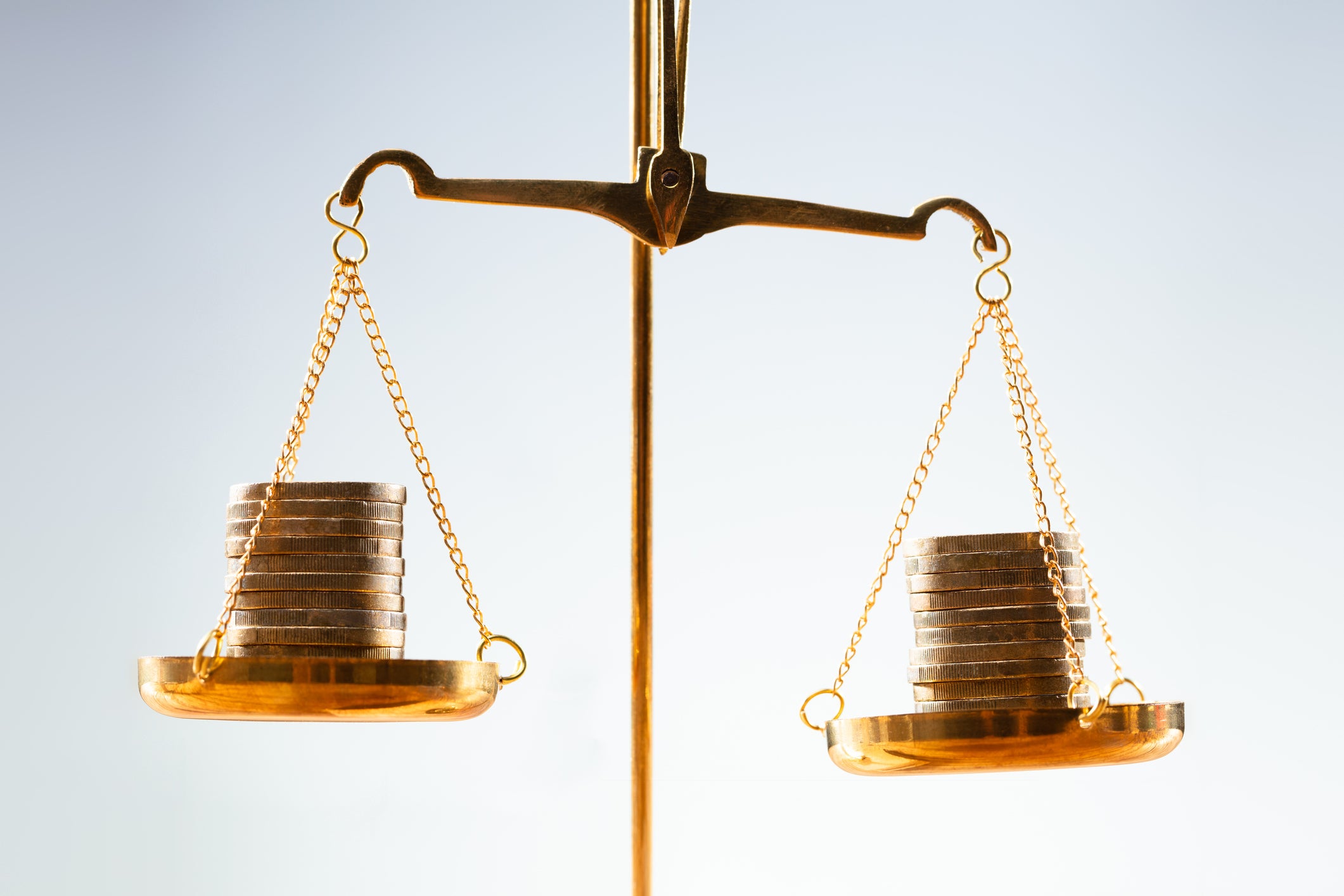If you don’t qualify for an employer pension, or you’re looking for a way to supplement yours, both a Lifetime ISA and a personal pension, such as a SIPP (a self-invested personal pension), can be effective retirement planning tools.
They have a lot in common: they’re both tax-efficient, they hold a similar range of investments – Lifetime ISAs are a little more restricted – and most compellingly, contributions to either are topped up by 25 per cent, albeit in different ways.
At first glance, it may seem that you could pay the same amount into one or the other and they would deliver an equal income in retirement. This isn’t the case. Let’s look at which could provide a higher income for you, and why.
Which allows you to save more?
A Lifetime ISA allows you to pay in up to £4,000 each year from the age of 18 until you turn 50. If you paid in the maximum each year, the total would be £128,000. You must open one before age 40. Contributions count towards your overall ISA allowance.
Pensions usually allow you to pay in a lot more, and you can pay in for longer. Various limits apply in different circumstances, but the standard annual allowance is £60,000.
Which offers a better “bonus”?
When you make a contribution into a Lifetime ISA, the government adds a 25 per cent bonus. So, if you pay in £800, the government bonus will be £200. You can read more on LISAs here.
Pension contributions don’t benefit from a bonus, but they are eligible for tax relief, which has a similar effect. If you make a contribution of £800 into a personal pension, your pension provider claims and adds £200 from HMRC (the equivalent of basic-rate income tax).
If you’re a higher-rate or additional-rate taxpayer, you’ll be entitled to more tax relief. This won’t be claimed by your pension provider but you can claim it back through your self-assessment.
Which can be accessed first?
You can freely access the wealth within your Lifetime ISA after the age of 60. Before that age, you can access it in two scenarios:
Get a free fractional share worth up to £100.
Capital at risk.
Terms and conditions apply.
ADVERTISEMENT
Get a free fractional share worth up to £100.
Capital at risk.
Terms and conditions apply.
ADVERTISEMENT
- You’re buying your first home, at a value of no more than £450,000
- You pay a 25 per cent withdrawal charge.
Note that the 25 per cent withdrawal charge does not equal the bonus, but actually exceeds it:
- If you pay in £800, you’ll receive a bonus of £200, giving you a total of £1,000
- If you now withdraw £1,000, you’ll pay a penalty of £250 (25 per cent of the total)
- You’ll have £750 remaining, leaving you £50 worse off.
Pensions usually cannot be accessed before the age of 55 (rising to 57 in April 2028) unless you have a serious health condition. It can be a more complex process.
How is the income from each taxed?
Here is, perhaps, a Lifetime ISA’s most appealing characteristic: money withdrawn from them isn’t considered income, so it won’t be taxed. After the age of 60, you can take as much cash as you like, until it runs out, and you won’t pay a penny of it to HMRC.
Pension income can be taxed in various ways.
A more full explainer is here but to simplify, you can usually take 25 per cent of your pension tax-free, while the other 75 per cent is taxed as income as and when you take it. You might therefore pay tax at 20, 40 or 45 per cent, depending on your other income.
Which will provide a higher income?
As you’ve probably gathered, this is a question of the trade-off between the tax relief (or bonuses) you’ll receive while saving and the tax you’ll pay (or not) when withdrawing.

A personal pension is usually the better choice for higher-rate and additional-rate taxpayers. The tax relief on your pension contributions, at 40 or 45 per cent, more than offsets the tax you’ll pay on your pension income, particularly if you move into a lower tax bracket after you retire.
For a basic-rate taxpayer, the reverse is true. Let’s look at an example:
If you saved up £100,000 over your working life, whether you used a Lifetime ISA or personal pension, you would end up with £125,000 (we’ll ignore investment growth to keep things simple).
With a Lifetime ISA, you could withdraw this amount over any period, after the age of 60, without paying tax. You’d be able to take the full £125,000.
With a personal pension, only 25 per cent (£31,250) would be tax-free. The remaining £93,750 would be taxed as it’s withdrawn. If you withdrew it over several years, remaining a basic-rate taxpayer throughout, the total tax would be £18,750. Of your £125,000, you’d only get back £106,250.
While this gives a clear advantage to the Lifetime ISA, there are other factors to consider:
- With an annual limit of £4,000 on contributions, a Lifetime Isa alone may not allow you to save enough as you need for retirement
- Since you can’t access your Lifetime Isa penalty-free until 60, you may have to wait longer to retire
- You can only pay in until you turn 50, while you might want an option you can pay into after this.
Given all the benefits and drawbacks, you may decide that both products have a role in your retirement plan – especially given there may be changes to the Lifetime ISA ahead.
When investing, your capital is at risk and you may get back less than invested. Past performance doesn’t guarantee future results.

